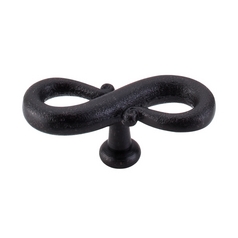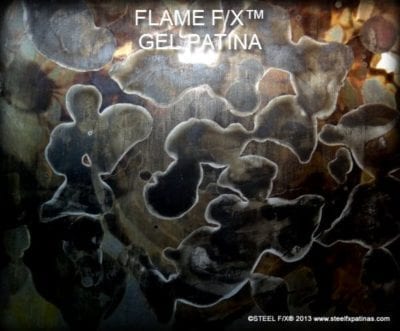

Among the above, Shirogami is the most sensitive because it does not contain chromium and thus quickly develops a patina. The most popular Japanese carbon steels are white steel (Shirogami / White Paper Steel), blue steel (Aogami / Blue Paper Steel), SUJ2, SKS93 etc. As its name suggests, carbon steel has high carbon content and contains little or no chromium.

There are three types of steel: carbon, stainless and powdered steel. Which steels acquire a patina and which are the most sensitive? If you notice rust on the blade, you should remove it before using the knife. Rust does not protect the blade but rather speeds up further corrosion on the spot where it developed. Rust is a thicker layer of usually brown iron oxide with a reddish tinge formed by the reaction of iron and oxygen in the presence of water or air moisture. The patina should not be confused with rust as the former protects the blade, while the latter causes corrosion and deterioration of material. What is the difference between a patina and rust?Ī patina is a thin layer that forms on the surface of oxidized steel and protects it from further oxidation. If you notice red dots of rust, you should remove them. You can recognize a patina by its characteristic colors: first you see golden yellow that changes to deep blue, which then transforms to purple and, in the end, to gray that darkens over time. It is produced by the oxidation of steel surface and this process is even quicker if a knife comes into contact with various acids. Traditional Japanese steels can, due to their low chromium (Cr) content, discolor and take a patina through use as they oxidize.Ī patina is a natural protective layer on carbon steels that protects the blade from further oxidation and gives it a look of rough finish. What is patina and how do you recognize it? The knife is actually the most sensitive when it is still new and had not yet developed a patina which will later protect it and make it more resistant. With use and time, these blades acquire patina. A knife made from such steel, however, behaves slightly differently compared to more common, stainless steel knives. All these features are most commonly found in carbon steels that have a very high content of carbides and, consequently, a low content of chromium. It is also very important that the steel has a hardness of 60 HRC and over, thus enabling smaller sharpening angle. This structure of steel makes it possible to sharpen a blade to a fine and smooth edge that does not tear the cells but rather smoothly cuts through them. To attain such a smooth edge, the blade must be made of steel composed of particles that are as small and homogeneous as possible. When the Japanese talk about good sharpness, they mainly refer to a sharp blade that does not influence the cell structure of food during cutting.


 0 kommentar(er)
0 kommentar(er)
